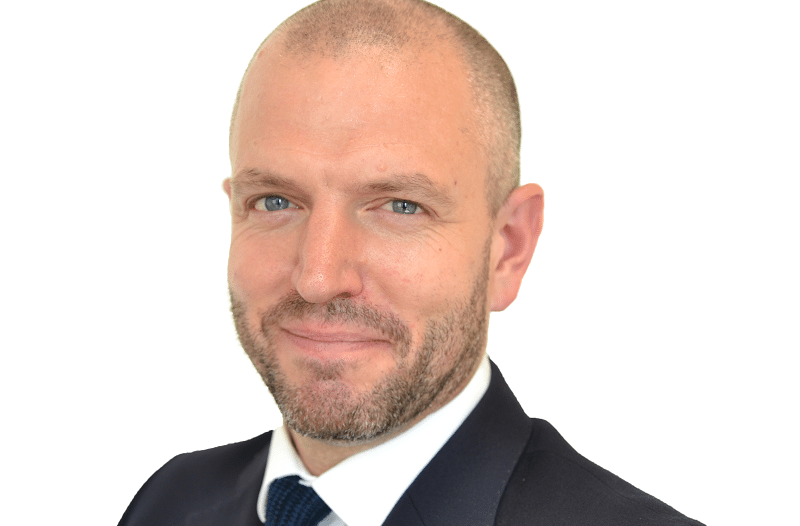“We started buying companies that are more expensive, that typically have more robust balance sheets, because those are the characteristics that we believe will be rewarded in a market where investors are losing confidence and are more risk-averse,” Wells told FSA.
He said that compared to last year, the firm’s global equity strategy has moved “quite dramatically” from its 50/50 split between value and balance sheet quality towards the latter. He added that value investing is a proxy for risk appetite, as both are highly correlated.
Wells (pictured) believes that stocks with stronger balance sheets make a portfolio more defensive in short-term market movements, such as the correction the happened in February. “That provided us a degree of insulation from that downside risk,” he said.
Wells explained the return of volatility as a result of normalisation of monetary policies globally, following a decade of quantitative easing.
A style-agnostic approach
Wells said that having a “one-dimensional approach” to the use of styles does not help asset managers achieve consistent returns.
“If you are a value manager, there are certain environments in which you will not perform, despite the fact that you are a very good stock picker,” he said. “If the market doesn’t reward your style, you may experience an extended period of underperformance.”
Even when a market environment is in favour of a style, such as growth last year, managers face challenges, since adherence to one style brings more downside risk to the portfolio and makes it more correlated with the market, he said.
“No one style will outperform in the long term, so it is necessary to have a variety of techniques that you can use when selecting stocks from your investment universe.”
The firm’s global equity team first tries to understand the current market environment and the factors that may affect the behaviour of stocks. These factors include market sentiment, investor appetite and dispersion of stock returns.
After that, the team looks at historical data and checks for an identical market state that had happened in the past.
“The purpose of that is to use experience to inform us which techniques were most effective in the previous market state,” Wells said.
The team then deploys its risk budget in areas that stand to benefit most in the current market state, by assigning weights in five different criteria: value, quality, price trends, stable growth prospects and market sentiment.
Given that the team keeps checking which factor will benefit in the current market environment, the investment horizon of the team’s portfolios is around three-to-six months.
Wells noted, however, that the all of the team’s funds have a strict turnover of 8% of the fund’s net asset value every week, 4% for buys and 4% for sells. This prevents the portfolio from overtrading or over-reacting to short-term information that the team receives.
“That turnover of 8% is effectively there to slow down the implementation of ideas and to allow sufficient time to validate any change that we have observed before we implement it in the portfolio.”
The chart below shows the three-year performance of one of the firm’s global equity funds, the Old Mutual World Equity Fund, versus its benchmark. The fund is co-managed by Amandeo Alentorn, Isan Heslop and Mike Servent.
Old Mutual World Equity Fund vs benchmark








